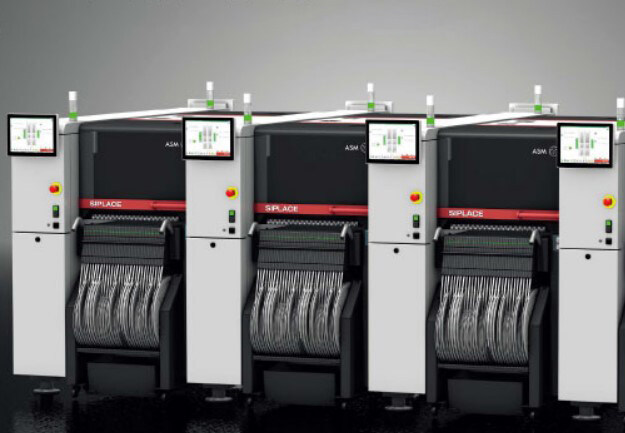Email format error
Email cannot be empty
Email already exists
6-20 characters(letters plus numbers only)
The password is inconsistent
Email format error
Email cannot be empty
Email does not exist
6-20 characters(letters plus numbers only)
The password is inconsistent


Operating a surface mount technology (SMT) machine is a crucial skill for SMT machine wholesalers. Understanding the proper operation of these machines ensures efficient production processes and high-quality assembly of printed circuit boards (PCBs). In this blog post, we will provide a comprehensive guide on how to operate an SMT machine, focusing on key steps and considerations for wholesalers in the industry.
Before operating an SMT machine, it is essential to familiarize yourself with its components, functions, and controls. Study the machine’s user manual and attend training sessions if available. Gain a thorough understanding of the machine’s capabilities, such as pick and place accuracy, solder paste application, and inspection features.
Ensure that the SMT machine is properly set up and calibrated before starting any production runs. Check the alignment of the feeders, nozzles, and vision systems. Verify that the solder paste dispenser is filled and functioning correctly. Calibrate the machine’s placement accuracy and inspect the conveyor system for smooth operation.
Prepare the PCBs and components for assembly. Ensure that the PCBs are clean and free from any contaminants. Load the PCBs onto the conveyor system, ensuring proper alignment and spacing. Verify that the components are correctly placed in the feeders and that the feeders are properly loaded onto the machine.
Utilize the machine’s software interface to program the assembly process. Input the necessary parameters, such as component placement coordinates, solder paste deposition specifications, and inspection criteria. Take advantage of any advanced features, such as automatic optical inspection (AOI) or solder paste inspection (SPI), to enhance quality control.
Once the machine is programmed and the setup is complete, initiate the production run. Monitor the machine closely during the initial stages to ensure proper component placement, solder paste deposition, and reflow processes. Address any issues promptly, such as misaligned components or solder defects, to prevent further production errors.
Maintaining the SMT machine is crucial for its optimal performance. Follow the manufacturer’s guidelines for routine maintenance tasks, such as cleaning the feeders, replacing worn-out nozzles, and lubricating moving parts. Regularly inspect and clean the machine’s vision systems to maintain accurate component placement.
Implement a robust quality control process to ensure the assembled PCBs meet the required standards. Utilize the machine’s inspection features, such as AOI or SPI, to detect any defects or inconsistencies. Conduct periodic checks on the solder joints, component alignment, and overall PCB quality.
As an SMT machine wholesaler, strive for continuous improvement in your operations. Stay updated with the latest advancements in SMT technology and machine capabilities. Seek feedback from customers and implement their suggestions to enhance your production processes.
Operating an SMT machine requires a combination of technical knowledge, attention to detail, and continuous improvement. By following this comprehensive guide, SMT machine wholesalers can ensure efficient and high-quality production processes. Regular maintenance, proper programming, and effective quality control measures are essential for successful operation. Embrace new technologies and industry advancements to stay competitive in the ever-evolving SMT industry.
As a leading SMT machine wholesaler, we wholesale SMT machine at a competitive price. If you want to get more information about operating an SMT machine or place an order, feel free to contact us.